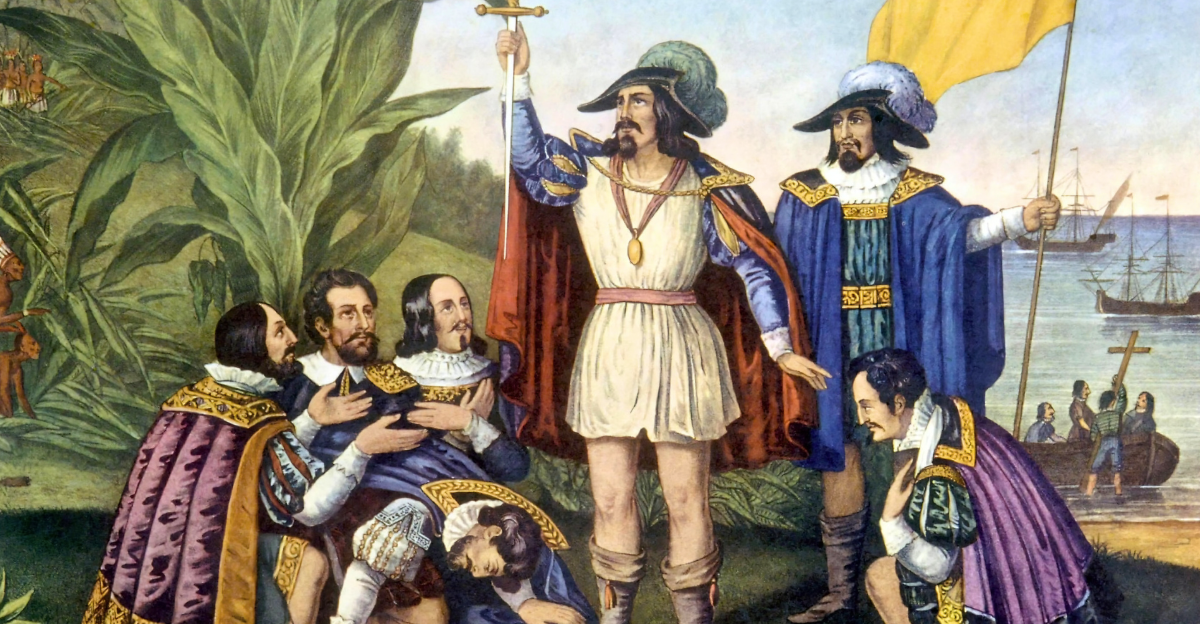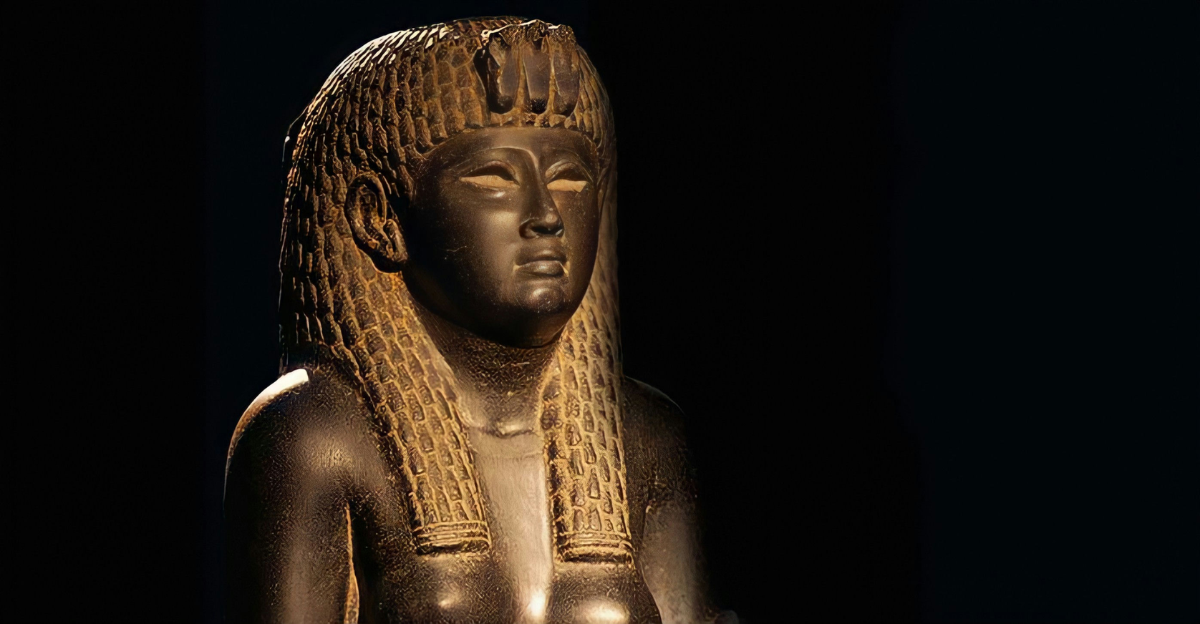
The history of Native American nations in the United States is marked by conquest, removal, and forced treaties, a narrative that overshadows their fierce resistance. Many tribes succumbed to the colonizing powers, while others fought valiantly against overwhelming odds. This tale begins in Florida’s swamps, where some fiercest resisters hid from aggressive forces.
According to the Smithsonian National Museum of the American Indian, over 500 tribes faced colonization, and sadly, most were compelled to yield or relocate to reservations. However, one enduring legend speaks of a Native people who never formally surrendered. This narrative of resilience against the odds defines their story and invites further exploration.
Myths and Misconceptions
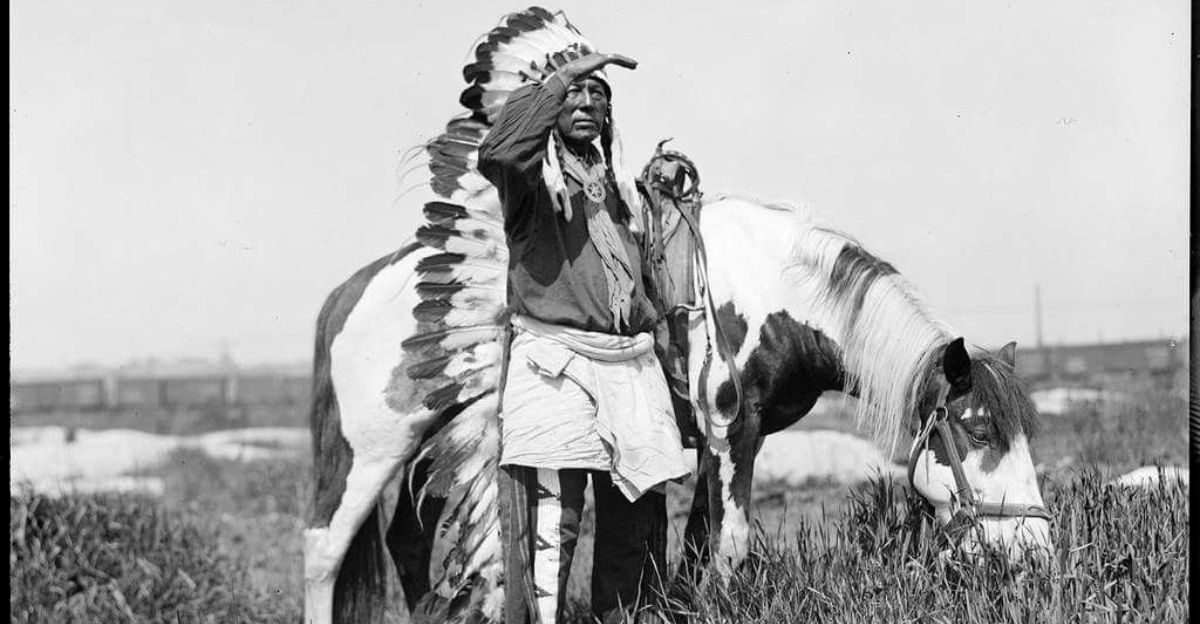
Popular history often bestows the title of “never surrendered” to a single tribe, but this claim is inherently contentious and debated among historians. The complexities of resistance reveal that several tribes have represented defiance in their unique ways. Author Patrick Minges highlights that oral histories from various tribes contradict public narratives, complicating our understanding of surrender as a definitive event.
The term “unconquered” is used proudly by more than one Native group. Such myth-making further blurs the lines of what counts as a formal surrender, leaving us to reckon with the complexities of history and truth surrounding these resilient peoples.
Roots of Resistance
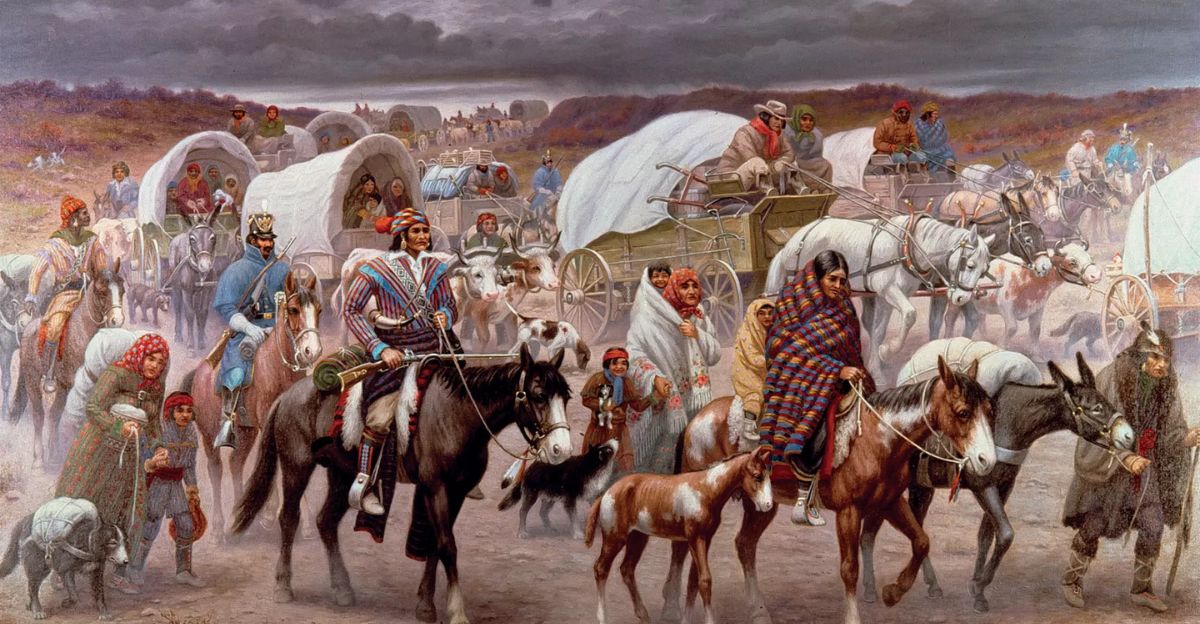
The U.S. expansion of the 19th century forced a desperate negotiation with Native nations. Most tribes were coerced into signing treaties, giving up ancestral land, and relocating under the threat of violence. Laws like the Indian Removal Act of 1830, along with military campaigns against tribes such as the Lakota, Nez Perce, and Apache, pressured them to choose between capitulation and relentless resistance.
Many tribes ultimately surrendered after intense military campaigns, with losses leading to tragedies such as the Trail of Tears. However, some pockets of resistance persevered well into the 20th century, challenging the narrative of inevitable defeat that has long surrounded these resilient communities.
The Brutality of Expansion
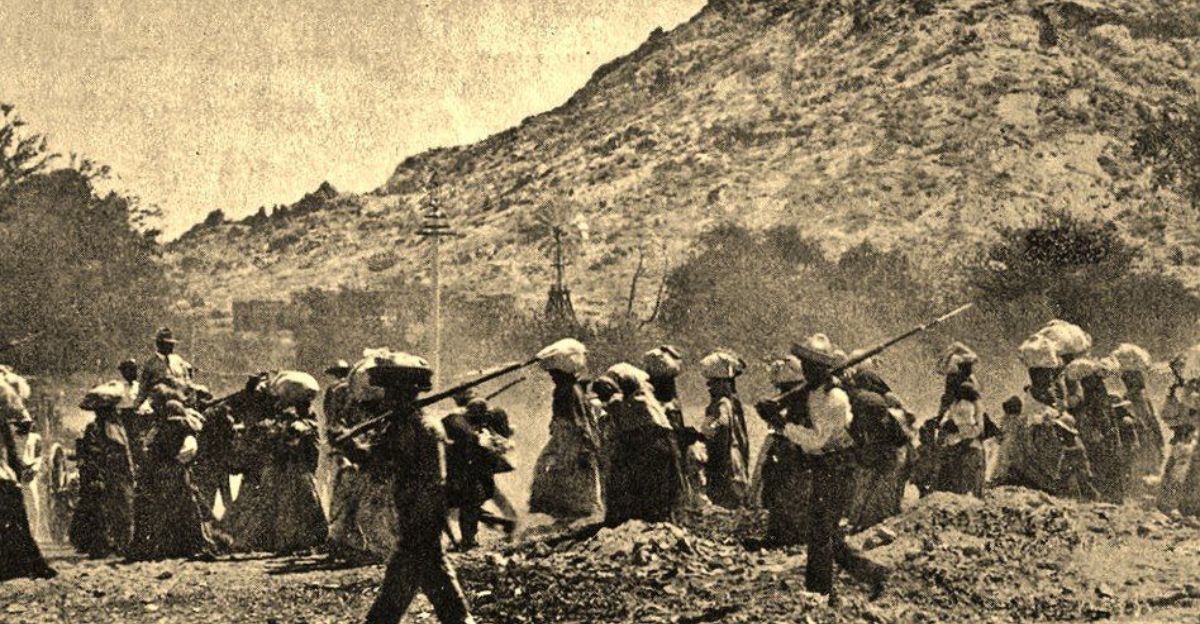
As the mid-1800s approached, U.S. military campaigns grew increasingly brutal, targeting not just warriors but crops, homes, and families in bids to force surrender. The Seminole Wars in Florida exemplified this ruthless approach, with military troops scouring swamps and deploying bloodhounds in pursuit.
Meanwhile, the Yaqui people in Sonora, Mexico, engaged in a sustained resistance against Spanish, then Mexican, and later U.S. authorities. Even as the frontier closure limited options for many tribes, a select few stood firm, refusing to sign surrender or peace treaties, leaving their status ambiguous in official records even as pressures mounted continuously against them.
The Nugget: Seminole & Yaqui Claims

Historians largely agree that no single tribe can claim they “never surrendered.” Both the Seminole of Florida and the Yaqui of Sonora/Arizona never signed formal surrender treaties, each holding steadfast in their oral traditions of resistance. The Seminoles trace their resilience back to the 1830s, retreating into the secretive depths of the Everglades to evade capture, consistently refusing U.S. requests for surrender.
The Yaqui exhibit a similar legacy of resistance, as scholarly evidence indicates no record of their collective capitulation. These dual claims underscore the complexity of resistance narratives, debunking the myth of a singular tribe that stands alone in perpetual defiance.
Florida’s “Unconquered”
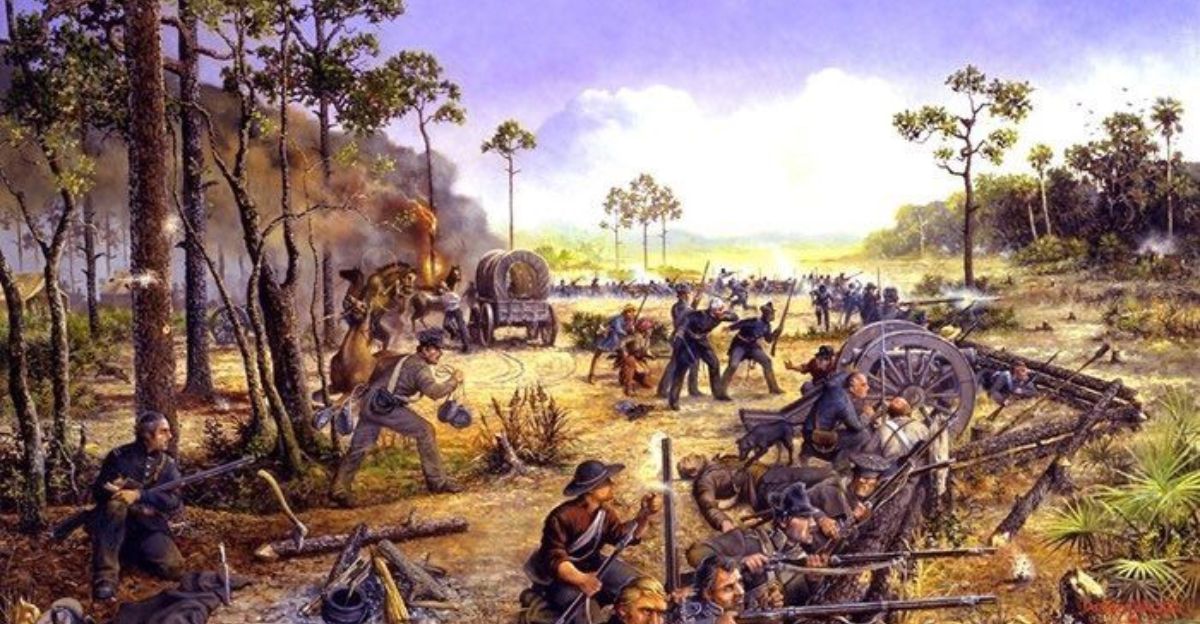
The Seminole Tribe holds a unique position in both Florida folklore and history. After enduring three protracted wars between 1817 and 1858, the U.S. Army could not eliminate the Seminole presence. Driven deep into the Everglades, the remaining groups staunchly maintained that they “never signed a peace treaty, nor formally surrendered,” a claim supported by the tribe and the Florida Department of State.
Today, the Seminoles refer to themselves as “The Unconquered People,” a testament to their resilience. Their strategic withdrawals and calculated adaptations allowed them to survive military pressure and carve out a lasting legacy in the Southeast.
Voices of Survival
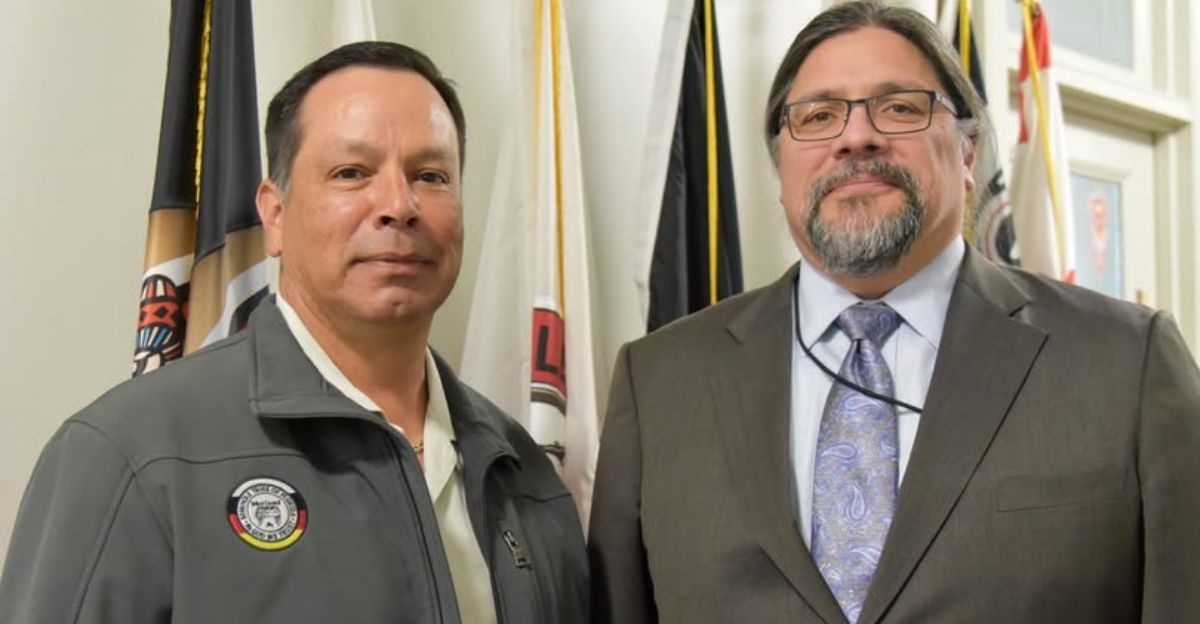
Seminole Chairman Marcellus Osceola Jr. poignantly asserts, “My ancestors never signed a surrender,” which echoes the tribe’s longstanding position. Similarly, the Yaqui community’s oral tradition is equally compelling, with spokesperson Magdaleno Manzo stating, “We have never surrendered.” These testimonies evoke deeply personal narratives that sustain cultural identities and illuminate the pain of dispossession.
While some treaties might signify “perpetual peace,” tribal leaders argue that such agreements were not acknowledgments of relinquishing sovereignty. In their eyes, the essence of resistance extends beyond written documents; it is embedded in their lived experiences and ongoing struggles.
Contesting the Record
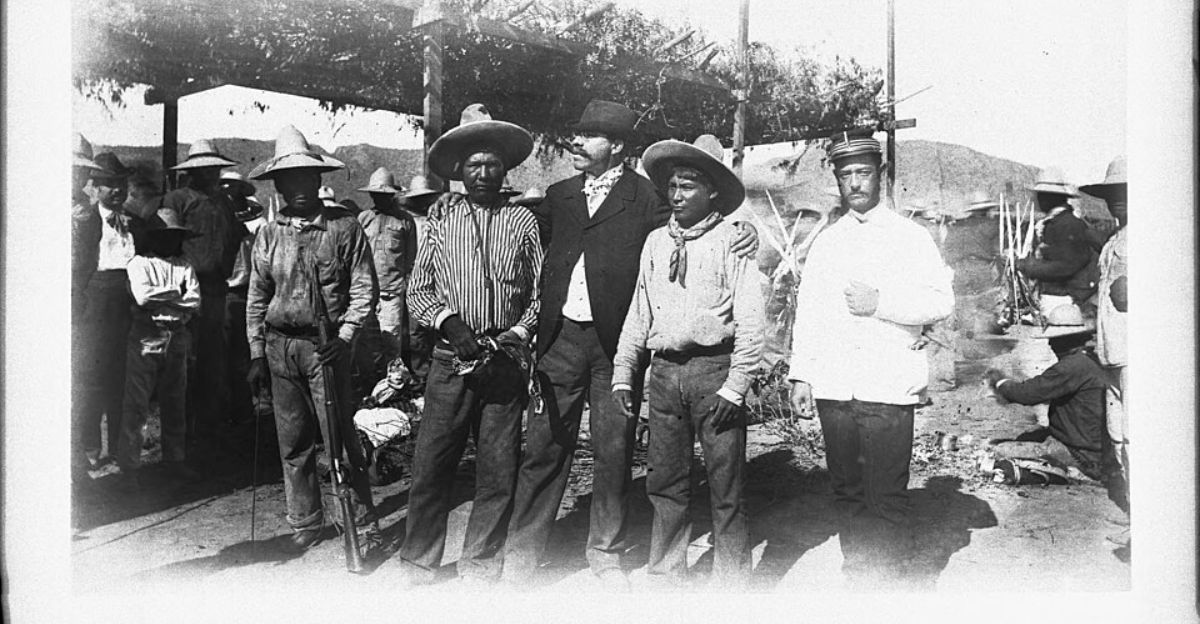
Delving further into history reveals a more nuanced record. Some treaties struck in the 20th century included phrases like “perpetual peace” or “cease of hostilities,” particularly with U.S. and Mexican officials. Notably, scholar Edward Spicer has documented instances where the Yaqui signed agreements in 1910, but even then, these were not unconditional surrenders.
The definition of surrender varies significantly; not every cessation of hostilities equates to a forfeiture of rights. Ongoing debates among legal historians, tribal representatives, and archivists interrogate whether any Indigenous group can claim uninterrupted resistance, opening discussions about the interplay of truth and legacy.
Interconnected Narratives
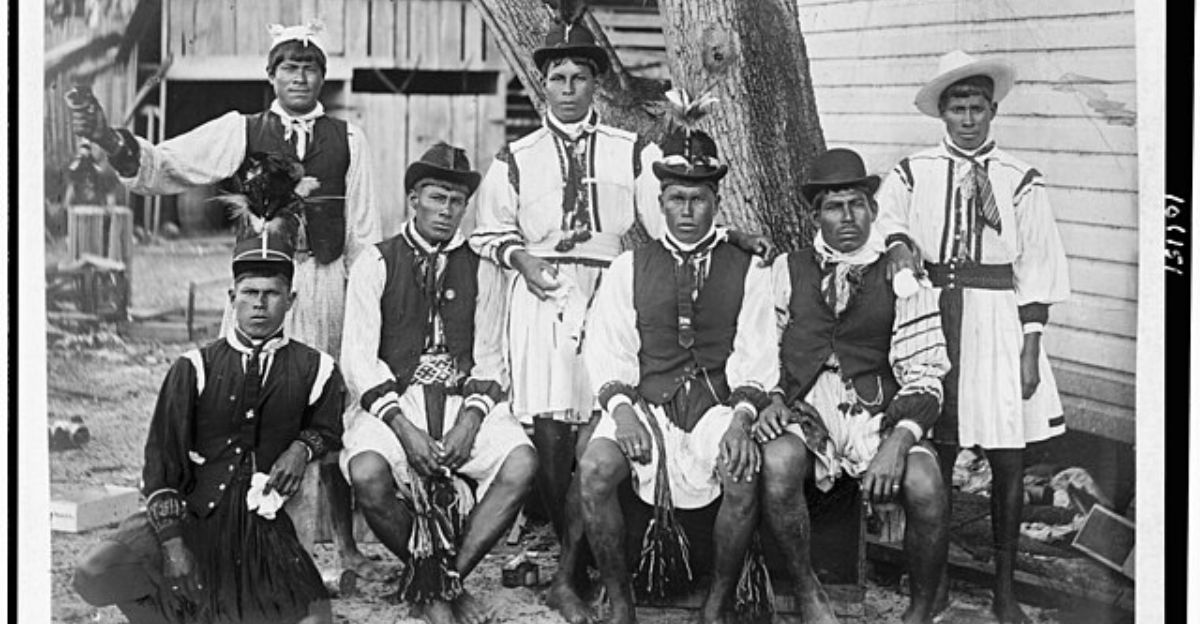
Beyond the claims of individual tribes stands a broader tapestry of interconnected narratives. The struggles of groups like the Seminole and the Yaqui reflect shared themes of endurance, adaptation, and resilience. As they navigate a landscape fraught with existential threats, the alliances and interactions these tribes developed with one another reveal the richness of their resistance.
Each narrative is a tribute to communities committed to maintaining their cultural identities despite relentless pressures. In this intricate web of history, their voices, despite diverse expressions, resonate with a common call for recognition and respect.
The Human Experience

The legacy of Native resistance also highlights the need to view history through a human lens. Individuals directly impacted by these struggles often bear witness to their communities’ enduring legacies of defiance.
A Seminole elder once shared, “Every young person should know their history, for it empowers us to continue fighting for our place in this world.” Similarly, a Yaqui farmer spoke of reclaiming land and identity, saying, “Our ancestors fought for this land, and we carry their spirit within us.” Such stories reinforce that history is not just about dates and treaties but about living cultures fighting to sustain themselves in the face of adversity.
Legacy of Survival
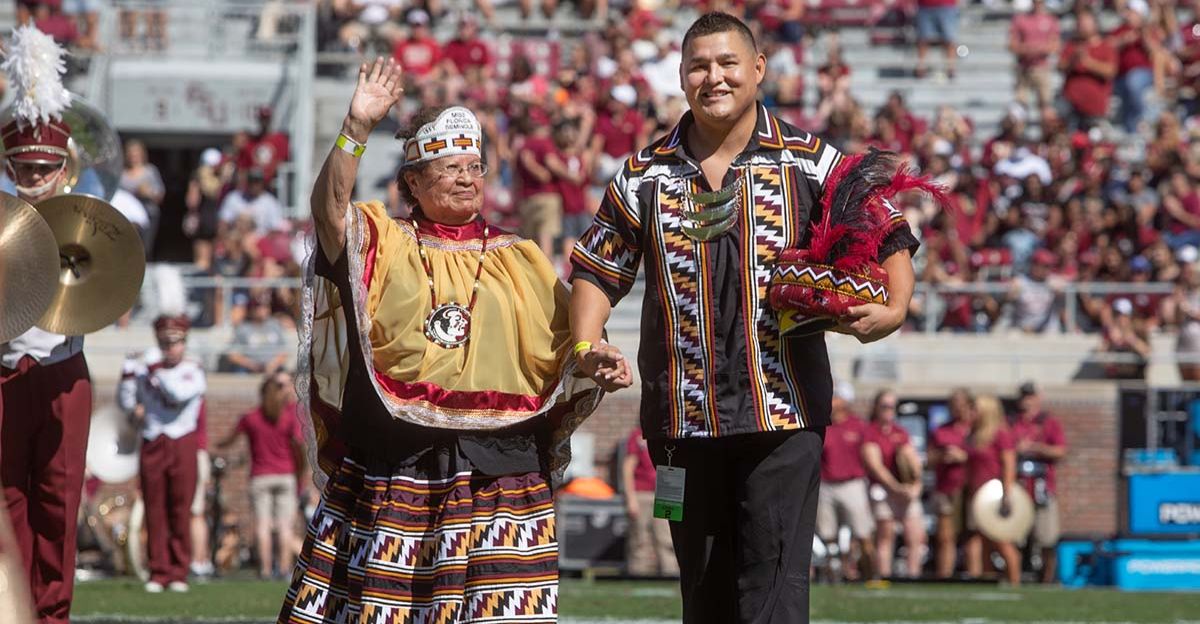
The resilience evident in the stories of both the Seminole and Yaqui nations today underscores a transformative journey that spans generations. The lessons learned from their struggles provide valuable insights into the ongoing quest for justice and representation within modern society.
These histories remind us that the fight for recognition is not a tale confined to the past; it plays out daily in pressing contemporary issues surrounding sovereignty, rights, and land stewardship. As they continue to navigate these challenges, both tribes serve as beacons of hope for Indigenous communities across the Americas.
Contemporary Challenges
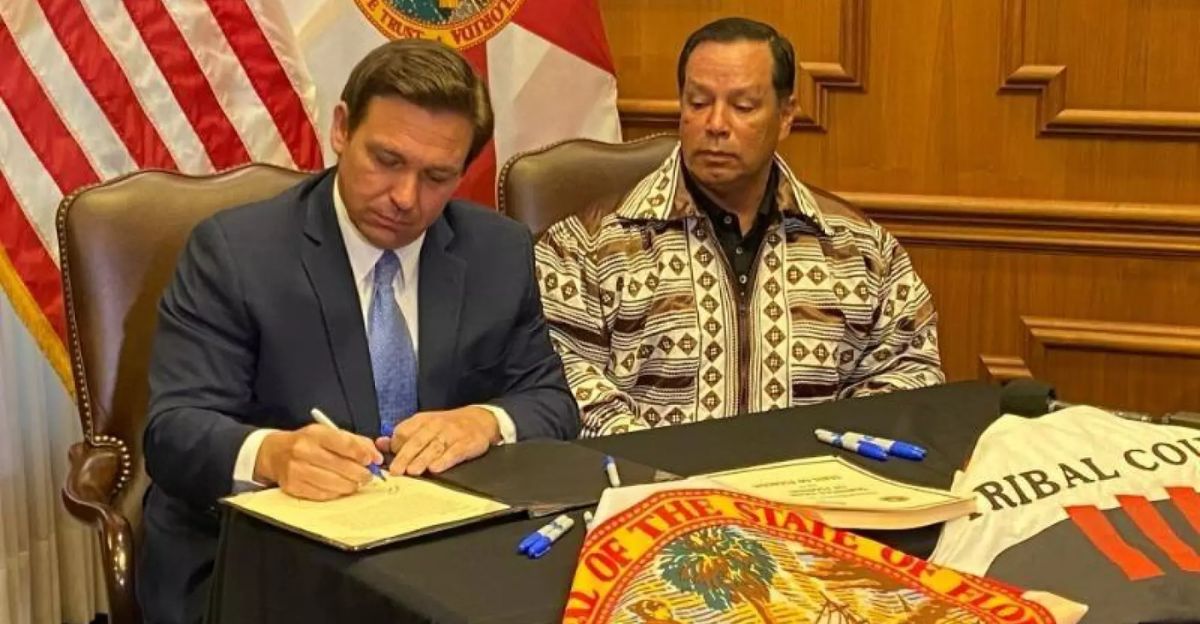
In the modern era, Native tribes face a landscape shaped by historical grievances and contemporary challenges. The ongoing fight for land rights, environmental justice, and cultural preservation showcases the enduring spirit of resilience among the Seminole, Yaqui, and many other tribes.
Whether through legal battles over land claims or efforts to revitalize cultural practices, these communities are actively defining their futures. While the struggles may differ, the underlying desire for autonomy and respect remains a unifying theme, demonstrating the potency of their historical legacies in contemporary activism.
The Future Unfolds

Looking ahead, the narratives of the Seminole and Yaqui peoples continue to inspire new generations. Young leaders within these communities are harnessing technology and social media to amplify their voices, raising awareness about their histories and contemporary issues.
Empowering youth through education about their rich cultural heritage is vital for fostering a sense of pride and responsibility. As they strive to reclaim their rightful place in society, a renewed appreciation for indigenous voices is essential to building a just and equitable future for everyone.
Bridging the Gaps

Increasingly, collaborative efforts between Indigenous communities and non-Indigenous allies underscore the significance of bridging historical gaps. Recognizing and valuing Indigenous knowledge systems can pave the way for meaningful partnerships that respect sovereignty and foster mutual understanding.
As societal discourse around history evolves, the role of non-Native allies becomes increasingly crucial in amplifying Indigenous voices, facilitating dialogues that honor their perspectives. Together, they can work towards a shared vision of a future rooted in equity, respect, and understanding.
Honoring the Legacy

In conclusion, the unwavering spirit of resistance demonstrated by the Seminole and Yaqui nations challenges us to reconsider historical narratives often dismiss Indigenous resilience. Their stories illuminate the complexities of surrender, resistance, and survival, emphasizing that history is an evolving dialogue rather than a passive recounting of events.
By honoring and uplifting these legacies, we can foster a deeper understanding of the ongoing impact of colonialism today. Acknowledging their battles, we can also pave the way for renewed respect and justice for Indigenous peoples everywhere.

